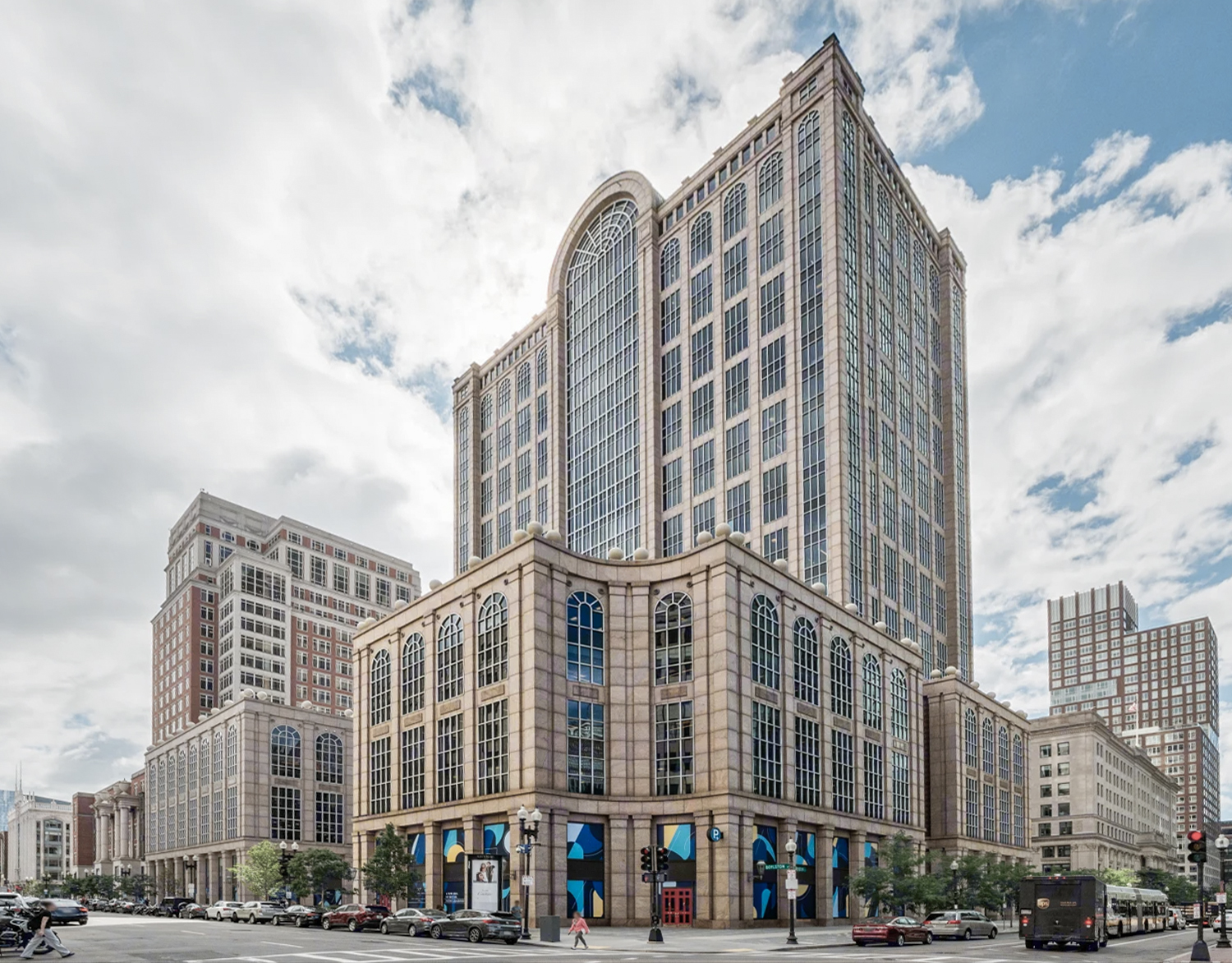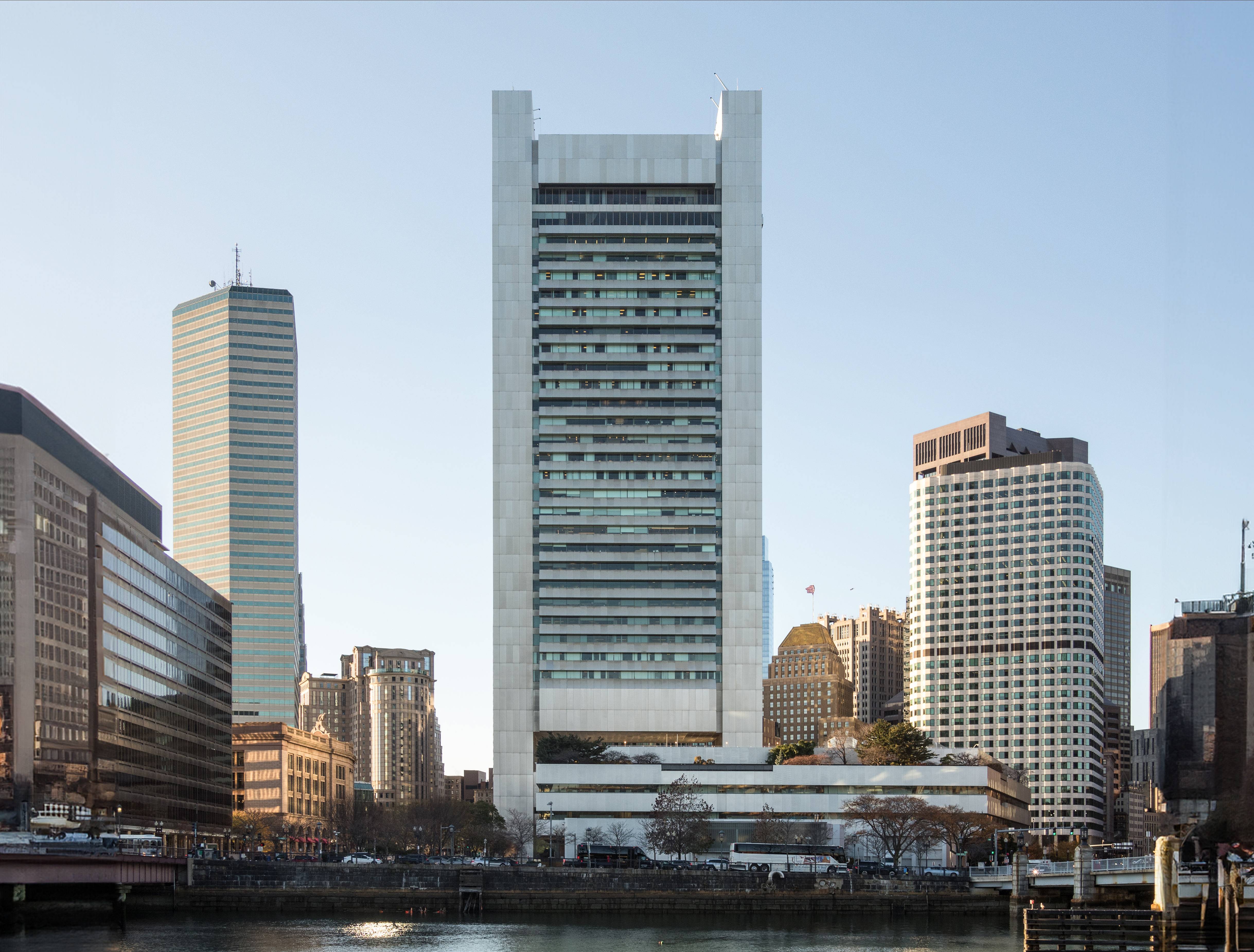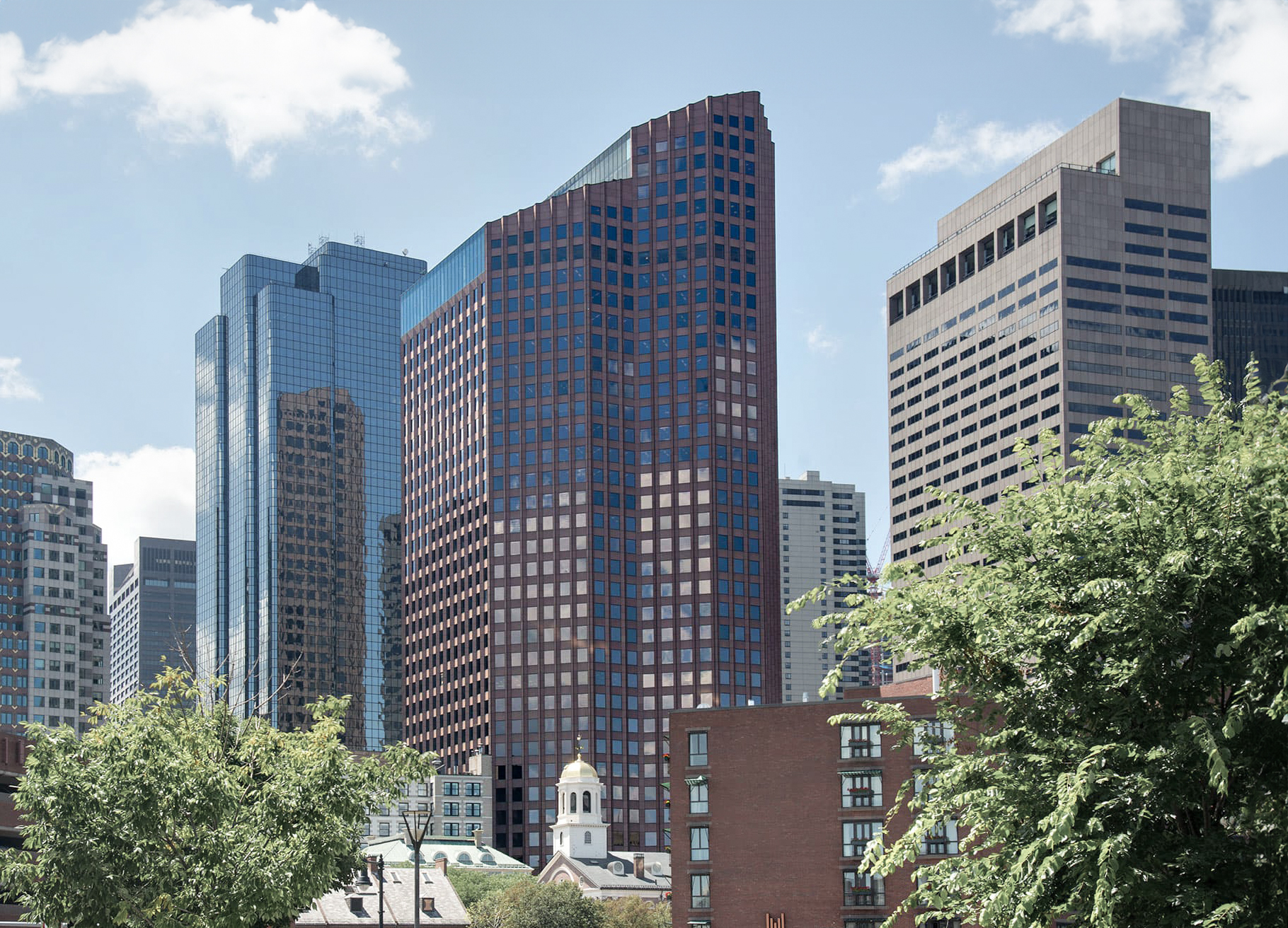The 500 Boylston Street is a Postmodernist skyscraper designed by Philip Johnson/Burgee Architects, with Philip Johnson as lead architect, and built in 1989, for a reported $100 million dollars, in Boston, MA.
500 Boylston Street is not the only name you might know this building by though. The building is, or has also been known as The New England Phase 1.
Its precise street address is 500 Boylston Street, Boston, MA. You can also find it on the map here.
The 500 Boylston Street has received multiple architecture awards for its architectural design since 1989. The following is a list of such prizes and awards:
- Building of the year by the Building Owners and Managers Association (BOMA) in 2005
- Building of the year by the Building Owners and Managers Association (BOMA) in 2001
- Building of the year by the Building Owners and Managers Association (BOMA) in 1996
The Palladian-style windows and the entrance courtyard composed of columns and arches are one of the highlights of its architecture, and are considered by many to be a miniature replica of St. Peter’s Square in Vatican City.
The building has been restored 2 times over the years to ensure its conservation and adaptation to the pass of time. The main restoration works happened in 2014 and 2015.







